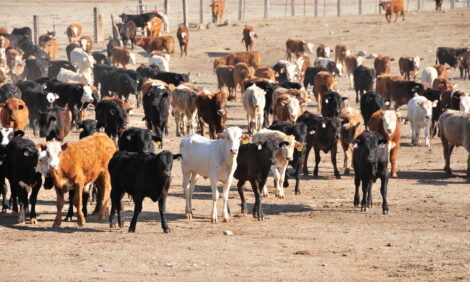



Proposals to Reduce BSE Testing of Cattle
UK - The Spongiform Encephalopathy Advisory Committee (SEAC) has been estimating the impact to human health of actioning proposals to reduce BSE testing of cattle slaughtered for food. This will be discussed at the FSA Board meeting today.The following statement was issued by SEAC today, before the FSA Board meeting:
SEAC considered the results from a mathematical model that had been used to estimate the number of infected cattle that may be undetected as result of raising the minimum age at which healthy slaughtered and fallen stock cattle must be tested for BSE. The model itself, produced by the Veterinary Laboratories Agency (VLA), was previously reviewed by SEAC1.
The increased risks to human health estimated by the model from raising the age at which healthy slaughtered cattle are tested for BSE (up to 60 months, the highest age modelled) are very small. The model estimates that much less than one BSE case would be missed annually in the Great Britain herd by increasing the age of testing to 60 months for the healthy slaughter surveillance stream. Although uncertainties are inherent in such modelling, the validation of the model that has been conducted provides assurances about the reliability of the results.
Similar results from a different analysis by the European Food Safety Authority (EFSA)2,3 provide additional confidence in the findings. The EFSA analysis estimates that less than two BSE cases would be missed annually in the whole of the EU154 by increasing the age of testing to 60 months for the healthy slaughter surveillance stream. These risk assessments hold provided the incidence of BSE in cattle remains low.
Therefore, regulations should not be modified unless effective surveillance remains in place. Surveillance is the only means of monitoring changes in the incidence and prevalence of BSE, the effectiveness of control measures in preventing an epidemic and the possible emergence of new prion diseases. As control measures to prevent cattle and human infection are modified, continued active and passive surveillance become increasingly important to ensure that the remaining controls are effective in minimising the risk to human and animal health.


